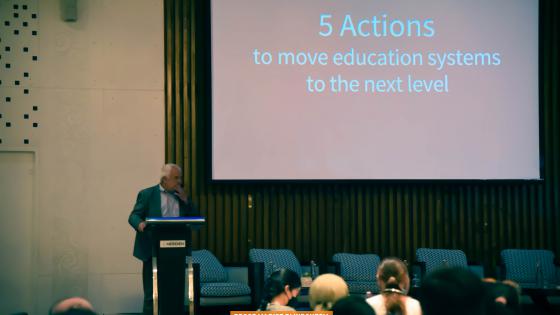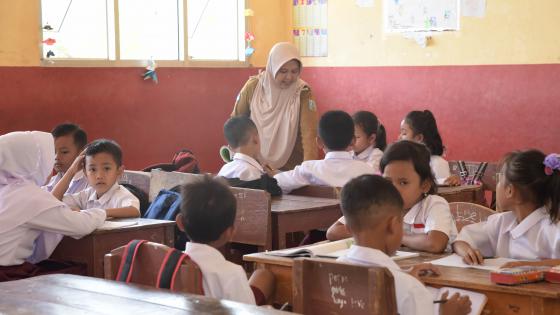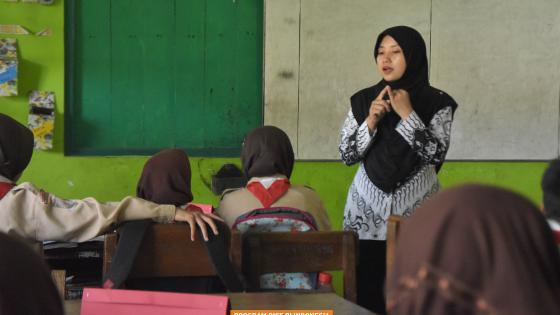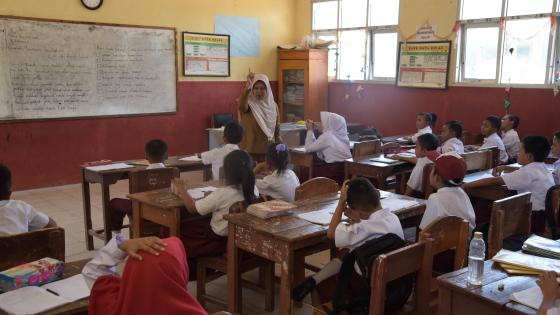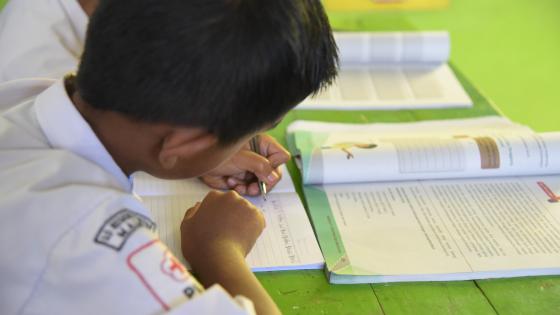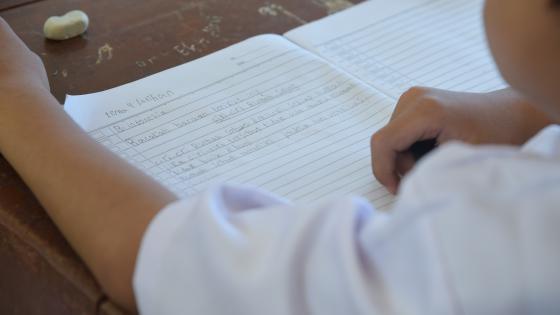Teachers are key actors in the provision of educational services. RISE seeks to explore the real stories of young Indonesian teachers in their first years as a teacher; what drove them to become a teacher, what they had to do to get a job as a teacher, their first experience in teaching to other experiences during their time of being a teacher.
The study by Veenman (1984) on the problems met by young or beginning teachers found that the transition from teacher training to first teaching work might have a dramatic and traumatic impression. Hitherto there has never been a study in Indonesia that saw the development of teachers from their perspective. RISE intends to capture the experience of young teachers from their perspective in the series of Stories of Beginning Teachers in their First Years of being a Teacher.
The series is presented in essays written by a number of Indonesian teachers. There are two underlying reasons as to why the format is chosen: (1) writing (in the form of essays or journals) is the simplest way to reflect the respondents’ journey of becoming a teacher and (2) as a medium to express anxiety, ideas, and views perceived by respondents in undergoing the teaching profession (Taghilou, 2007).
The Stories of Beginning Teachers in their First Years of being a Teacher is a longitudinal study and part of the Reform Area 2 (A2) study that focuses on teacher development. This series is based on the following two research questions.
- Why do young Indonesians want to be a teacher?
- How do beginning teachers undergo their first years of being a teacher?
Stories of the beginning teachers will be published regularly on RISE website in the Teachers' Notes section.
References
- Veenman, S. (1984). Perceived Problems of Beginning Teachers. Review of Educational Research, 54(2), p.143.
- Reza Taghilou, M. (2007). From reflective teaching to effective learning: A new class order. Iranian Journal of Language Studies, 1(2), pp.15-26.


